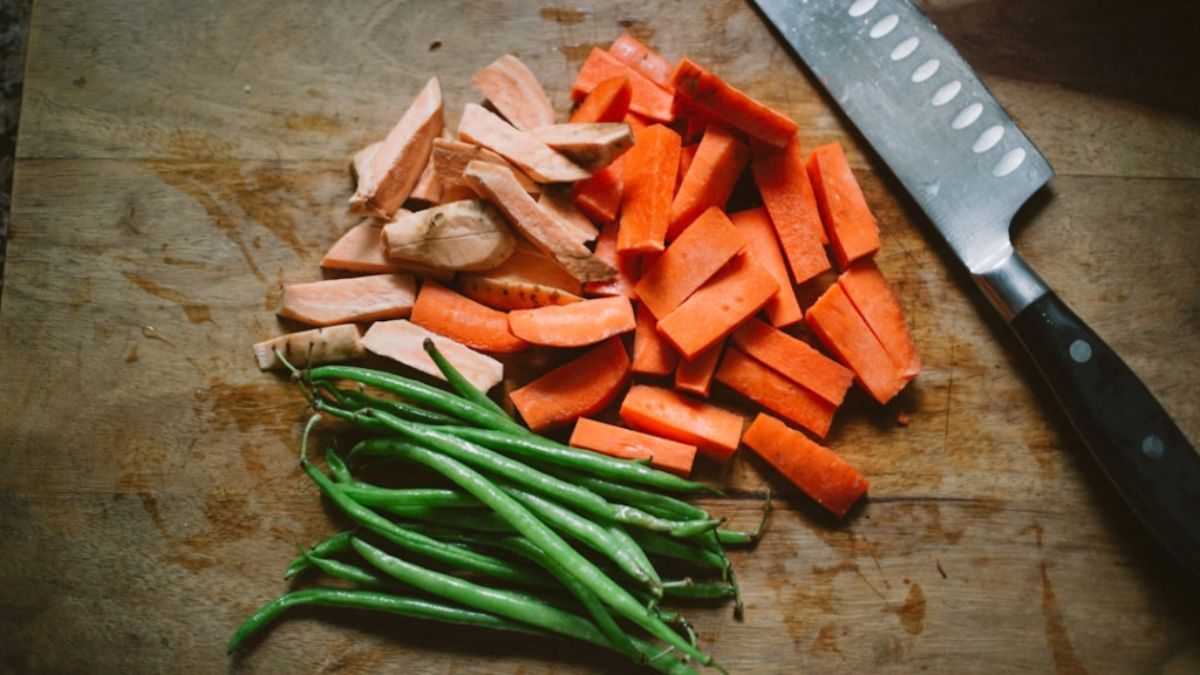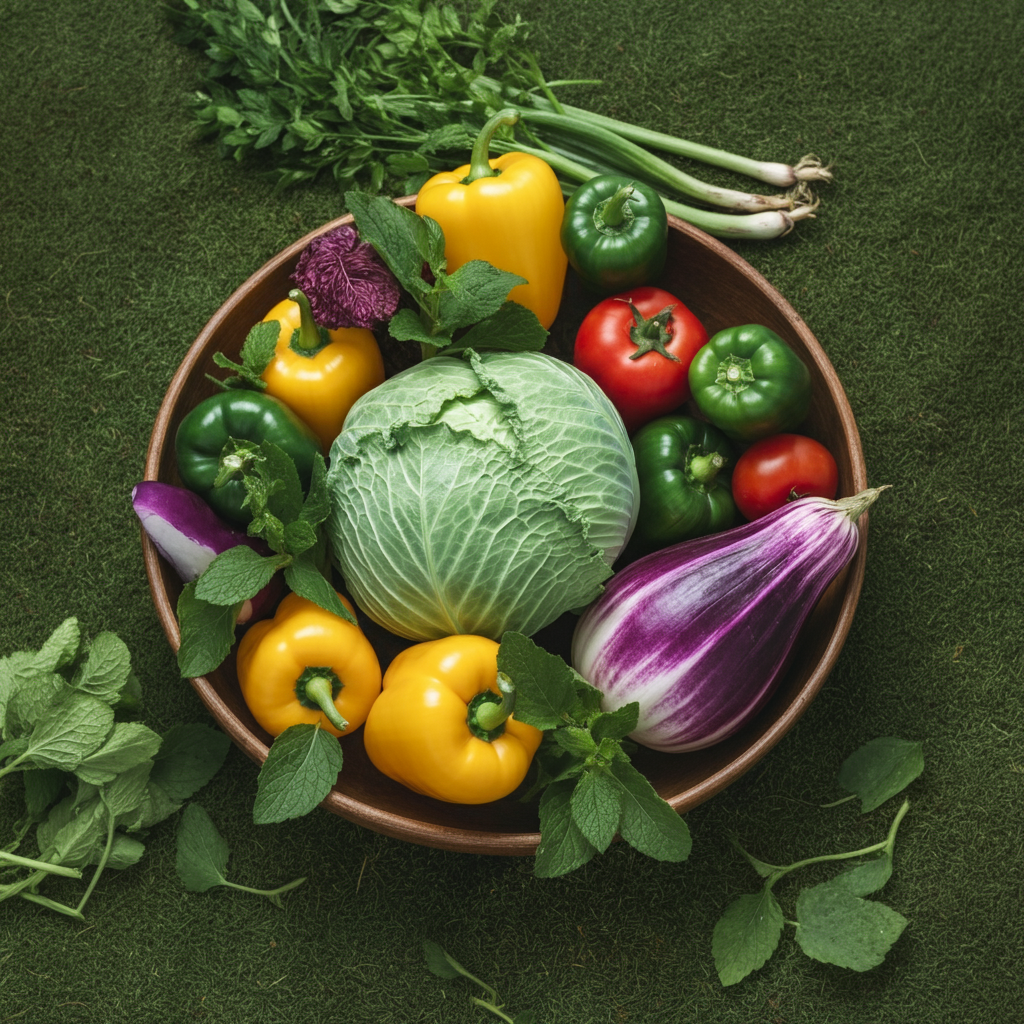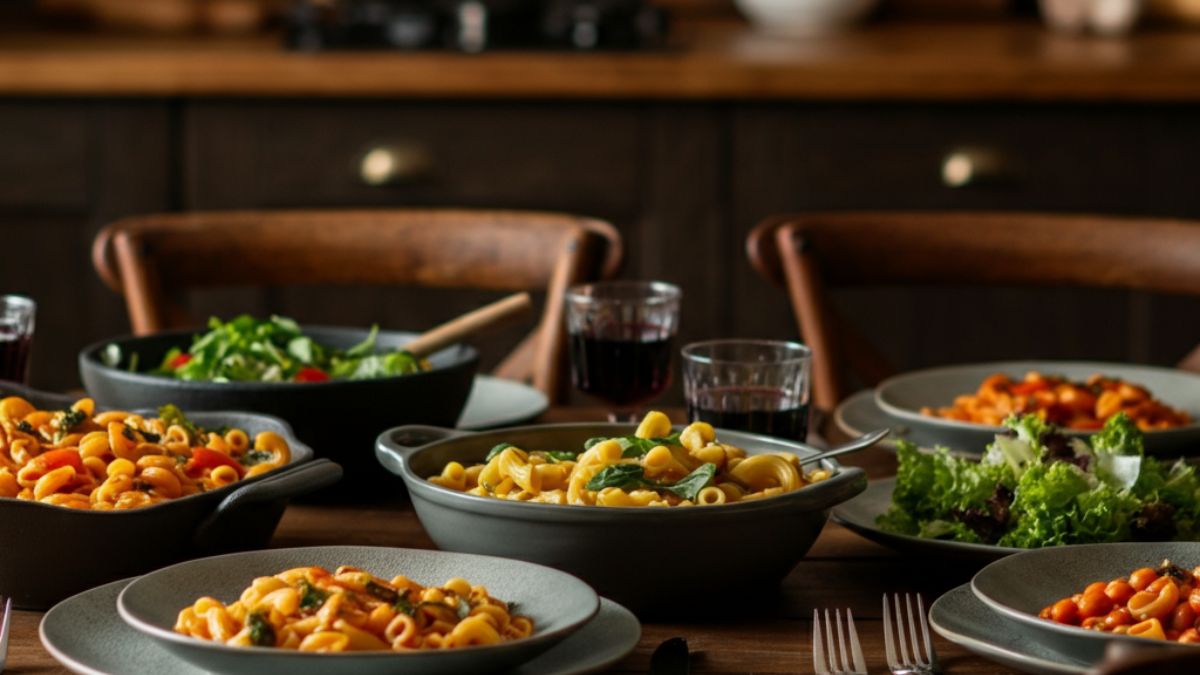Gone are the days of spending hours chopping vegetables with a knife. Whether you’re preparing an elaborate meal or simply jazzing up your salad with paper-thin cucumber slices, a quality vegetable slicer can change the way you cook. But with so many options on the market, how do you choose the right one?
This guide will walk you through everything you need to know about vegetable slicers, from the different types available to the key features to consider. By the end, you’ll be ready to select the perfect slicer for your kitchen.
What is a Vegetable Slicer and Why Do You Need One?
A vegetable slicer is a kitchen tool designed to slice, dice, julienne, or spiralize vegetables quickly and evenly. Whether you’re a busy home cook or a budding foodie, a slicer offers multiple benefits:
- Time-Saving Efficiency: Cutting vegetables manually can take up a large portion of your prep time. A slicer cuts this down dramatically.
- Consistent Results: Achieve uniform slices without the guesswork (or the risk of uneven pieces that cook differently).
- Versatility: Many slicers come with multiple attachments for creating a variety of cuts, from fine juliennes to thick hearty slices.
- Healthier Eating: Slicers make salad prep and clean eating both fun and visually appealing. Who doesn’t love perfectly spiralized zucchini noodles as a pasta substitute?
Now that you know why every kitchen needs one, let’s explore the different types available.
Types of Vegetable Slicers
1. Mandoline Slicers
Mandoline slicers are the most popular choice for getting precise, thin slices in seconds. c with sharp blades—often adjustable—they’re perfect for slicing potatoes for gratin, radishes for salads, or even fruits like apples.
- Pros:
-
- Produces uniform slices.
- Adjustable blade settings for varying thickness.
- Can handle a wide range of vegetables and fruits.
- Cons:
-
- Requires careful handling to avoid cuts.
- May have a learning curve for beginners.
Pro Tip: Look for a mandoline with a hand guard for added safety and ease of use.
2. Spiralizers
Love zoodles? A spiralizer is a must-have for creating long, spiralized slices of vegetables like zucchini, carrots, or sweet potatoes. There are manual and electric options, making it easy to whip up veggie noodles or decorative garnishes.
- Pros:
-
- Ideal for creating visually appealing dishes.
- Great for low-carb and gluten-free diets.
- Easy to clean and maintain.
- Cons:
-
- Limited to spiralizing (not as versatile as other slicers).
3. Box Slicers/Choppers
Box slicers and choppers are multi-functional tools that allow you to dice, slice, and cube all in one compact frame. They’re perfect for prepping vegetables like onions, tomatoes, and peppers for soups, stir-fries, or salsas.
- Pros:
-
- Fast and efficient for large quantities.
- Contains mess within a box.
- Offers multiple attachments for different types of cuts.
- Cons:
-
- May not provide thin, even slices like a mandoline.
4. Electric Slicers
For those who find manual slicing too tedious, electric slicers are a game-changer. These motorized devices can handle a wide variety of vegetables and cuts with minimal effort.
- Pros:
-
- Ideal for large batches and heavy-duty use.
- User-friendly and efficient.
- Reduces physical strain.
- Cons:
-
- More expensive than manual options.
- Requires countertop space and access to power.
Key Features to Look For in a Vegetable Slicer
When choosing a vegetable slicer, consider these key features to ensure you’re making the right investment:
1. Blade Quality
The sharpness and material of the blade determine how effectively the slicer handles tough vegetables like carrots or sweet potatoes. Look for stainless steel blades, which are durable and rust-resistant.
2. Ease of Use
Choose a slicer with intuitive assembly and operation. Adjustable settings, clear instructions, and ergonomic handles can be a big help, especially for beginners.
3. Safety Features
Safety should always be a priority when working with sharp blades. Opt for models with:
- Hand guards
- Non-slip bases
- Protective storage for blades
4. Size and Storage
Consider the space available in your kitchen. Compact slicers are ideal for smaller kitchens, while larger models may need designated storage spots.
5. Ease of Cleaning
Vegetable prep can already be a messy business. Look for slicers that are dishwasher-safe or have minimal crevices where food can get trapped.
6. Attachments and Accessories
Many slicers come with a range of attachments for different cuts, such as julienne, waffle, or crinkle. If you want versatility, opt for a model with multiple options.
How to Use a Vegetable Slicer Safely
While vegetable slicers can be extremely helpful, their sharp blades require careful handling. Follow these tips to use your slicer safely:
- Read the Instructions: Each slicer is different, so familiarize yourself with the manual.
- Use the Hand Guard: Always use a hand guard or safety grip when slicing.
- Slow Down: Take your time when using a slicer, especially if it’s your first time.
- Keep It Stable: Place the slicer on a non-slip surface to prevent accidents.
- Cut Vegetables to Fit: If the vegetable is too large, cut it into smaller pieces before slicing.
Top Brands to Consider
If you’re ready to add a vegetable slicer to your kitchen toolkit, here are some recommended brands to start with:
- OXO:
Known for its user-friendly designs, OXO offers a wide range of slicers, including mandolines and spiralizers.
- Mueller:
This brand provides durable and multifunctional slicers at affordable prices.
- KitchenAid:
Their electric slicers are versatile and perfect for cooking enthusiasts.
- Cuisinart:
A trusted name, Cuisinart offers slicers that are high-quality and built to last.
Transform Your Cooking with the Right Slicer
A vegetable slicer is more than just a fancy kitchen gadget—it’s a tool that can elevate your cooking, save you time, and encourage a healthier diet. By choosing the right slicer for your needs, you can tackle any recipe with confidence and creativity.
Why not make meal prep the easiest part of your day? Start exploring slicer options today and bring precision, speed, and fun into your kitchen!
Conclusion
A vegetable slicer is a game-changer for anyone looking to simplify meal preparation and experiment with new culinary techniques. Whether you’re a seasoned chef or a home cook, the right slicer can make all the difference in your kitchen. With so many reliable brands and options available, finding the perfect slicer to match your needs is easier than ever. Take the step toward faster, healthier, and more enjoyable cooking—your next delicious creation is just a slice away!
FAQs
What types of vegetable slicers are available?
There are several types of vegetable slicers, including mandoline slicers, spiralizers, julienne peelers, and electric slicers. Each serves different purposes, so it’s important to consider your cooking needs before choosing one.
Are vegetable slicers easy to clean?
Most vegetable slicers are designed for easy cleaning, with many being dishwasher-safe. However, it’s always best to check the manufacturer’s instructions for proper care and maintenance.
Can a vegetable slicer handle all types of vegetables?
While most slicers are versatile and can handle a wide range of vegetables, their effectiveness may vary depending on the slicer’s design and the vegetable’s texture. Harder vegetables like carrots or softer ones like tomatoes may require specific settings or blades.
Are vegetable slicers safe to use?
Yes, most modern slicers come with safety features such as hand guards and non-slip bases. Following the instructions carefully and using the provided safety tools ensures safe operation.
How do I choose the right vegetable slicer for me?
Consider how often you plan to use the slicer, the types of cuts you need, and your kitchen space. If you frequently prepare large meals, a sturdy mandoline or an electric slicer may be the best choice. For lighter use, a julienne peeler or compact spiralizer may suffice.








